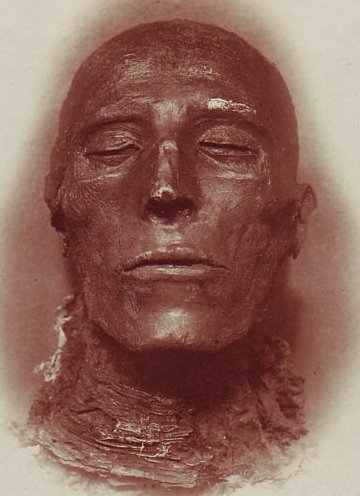
Circumstances of health and chance caused me to delay the planned entry on Guy Boothby's Pharos the Egyptian until next week. I choose instead to revisit the very first entry in this blog back in January 2010 in the hopes that I can offer something fresh to a work that continues to fascinate me and direct my ambitions.
Bram Stoker’s Dracula (1897) has gradually won acceptance in literary circles over the past few decades as a legitimate work of literature after years of being dismissed as an influential work in a genre unworthy of serious consideration. Horror, much like mystery and fantasy, has always been dismissed as lowbrow entertainment. If mass acceptance is any measure of success, the book’s place has long since been secured. It is the only one of Stoker’s titles that has never fallen out of print at any point in the past 115 years. Public domain copies abound alongside dozens of editions from popular presses.
Most readers who happen upon this article are likely familiar with the book. Enthusiasts can be divided into two camps, although this division is rarely spoken of in polite company. The deciding factor that divides the two elitist camps is based solely on the matter of whether or not one chooses to accept “Dracula’s Guest,” the posthumously published excised chapter of an earlier draft of the novel, as an integral part of the story.
TO CONTINUE READING THIS ARTICLE, PLEASE VISIT HERE.


.jpg)
No comments:
Post a Comment